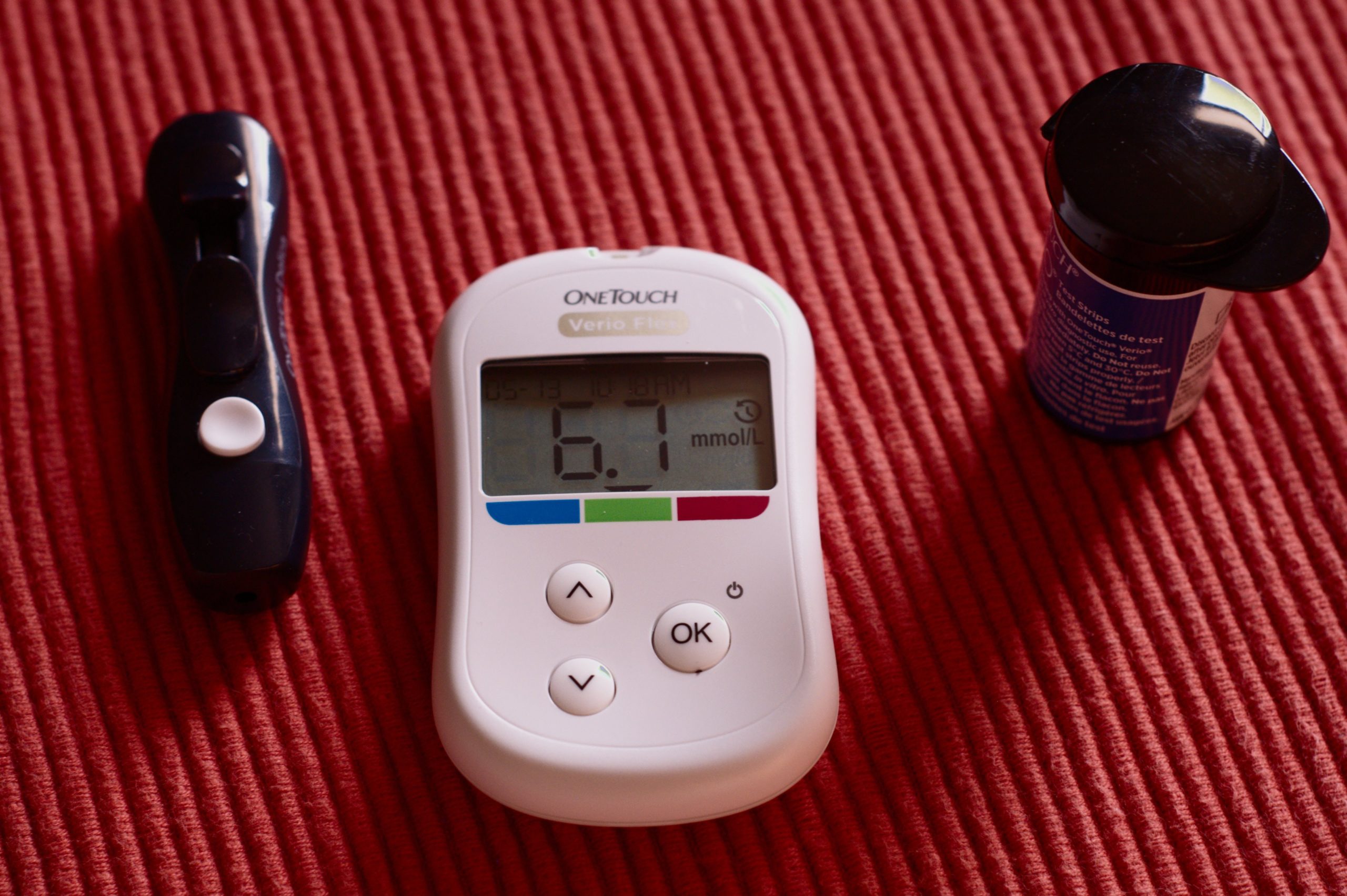
Can the development of Type 2 diabetes be changed by simply changing your meal schedule? New research suggests that there could be a correlation in the time of day an individual eats and Type 2 diabetes.
The study looks at participants during interviews over 10-weeks. All were under the age of 65 who are identify as high risk of developing Type 2 diabetes. The study shows correlation. More research is continuing to verify these findings. The nutrition industry has been looking into this exact issue for several years, and will continue to do so. Overall, changing the eating schedule, or even fasting for a period of time, is not realistic for everyone.
You may be asking, aren’t you an optical office? Why do you care about diabetes? Well, first let’s look at the types of diabetes and then how it can affect vision.
Type 1 diabetes is a chronic disease. In these individuals, the body attacks insulin making cells. This eliminates the body from making insulin. Insulin is a hormone that helps our body remove glucose from the food you eat. Glucose then goes into your blood and cells. Extra glucose turns into blood sugar and the body releases it for a boost of energy. Since individuals with Type 1 diabetes cannot use insulin to break down glucose they have too much glucose. Glucose, also known as blood sugar, creates both long and short term issues.
Everyone is different, but some common symptoms are:
Type 2 diabetes is when the body changes how it regulates and uses sugar as fuel. Over time, this creates too much blood sugar in the blood stream leading to circulatory, nervous, and immune system disorders. Although Type 2 diabetes is more commonly found in adults, it is now found also in childhood. Most individuals manage Type 2 diabetes through diet and exercising. The cause of Type 2 diabetes is when the cells in muscle, fat, and liver become resistant to insulin. The pancreases is then unable to produce enough insulin to maintain blood sugar levels. Although it is still unknown exactly why this happens, eating less sugar and moving more tend to be main factors in maintaining blood sugar levels.
Again, each individual is different so symptoms can be different and develop more slowly in some. They include:
Basically, Type 1 diabetes is the body not having the ability to make insulin on its own. Type 2 diabetes is when your cells stop responding to insulin. In both cases, the body is unable to move glucose from the blood to the sales. The exact cause of Type 1 diabetes is unknown. Type 1 diabetes is an auto immune disease. This is due to the body attacking its own pancreatic cells. They believe genetic and some viruses may play a role.
Additionally, Type 1 diabetes tends to develop quickly and obviously. Typically with Type 2 symptoms start occurring over a matter of years. The individual may not even know they have the disease until significant issues arise.
There are several issues that can occur when someone is experiencing high blood sugar. Such as, in increase in heart attack, nerve damage, infections, kidney damage, and diabetic nephropathy (where small cuts turn into ulcers and infections.
Another side effect of high blood sugar is eye damage. In most cases, when blood sugar is correctly regulated, the vision is typically not as affected. With that said, unmaintained blood sugar levels can lead to blurry vision.
Blurry vision alone is not an indication of diabetes. It has so many causes. But if those fine details are harder to see, it could mean your blood sugar isn’t correct. This can occur in times when blood sugar is too high or too low. The blurry vision is caused by fluids leaking into the eye. This may also occur when starting diabetic treatment. This is all a part of the shifting fluids. It is typically resolved after a few weeks or when the blood sugar levels stabilize.
Long-term blood sugar issues can cause blurry vision including diabetic retinopathy. This is when blood vessels leak into the center of your eyes. This can causes spots, floaters, difficulty seeing at night. These symptoms are also seen in cataracts.
As we investigated above, there are so many different reasons for vision changes. Some are not as alarming, maybe a hormonal change, but others can cause long-term vision loss or blindness. Any vision loss can indicate serious eye disease or other underlying conditions. Therefore, it is crucial to get into an eye doctor annually, or more often if you are experiencing any concerning symptoms. In most cases, early treatment can correct this issue. If not, we can typically problem solve to stop further vision damages.